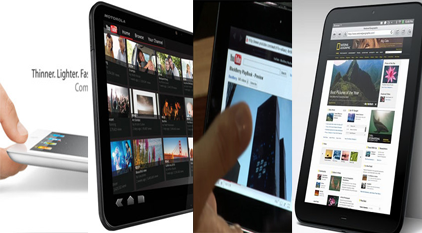When the original iPad was first announced in 2010, no-one could have predicted the impact it would have. Apple once again showed why it was a market leader, when the iPad, a tablet PC it billed as a “whole new kind of deviceâ€, proved to be a game-changer, sending shockwaves through the consumer electronics and computer industries alike.
Competitors are still scrambling to introduce their own tablets to compete in this new market with some contenders finally coming to market a year later. Here’s a look at how the recently launched iPad2 and some of its recent competitors measure up in the tablet stakes.
Apple iPad2
Launched in March, the iPad2 is distinctly more polished than the original. Lighter, thinner, and more powerful, it offers a much better user experience. Powered by a dual-core processor, apps and web pages run significantly faster in this new and improved version.
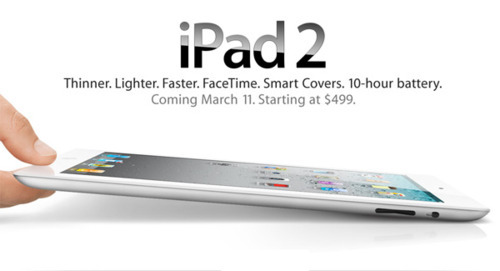
The iPad2 also addresses a key weakness of its predecessor, with twin cameras allowing users to now video chat with other Apple users via the FaceTime app. Featuring a 9.7-inch touchscreen and ten-hour battery life, the iPad comes in various models in either black or white, each offering different amounts of storage and network connectivity options.
Apple’s greatest strength, arguably, lies not in its hardware, but in its so-called “ecosystem†iTunes, which offer a mind-boggling array of apps, games, music videos, utilities, books and more for download.
Android Honeycomb Tablet
To compete with Apple, Google has released a version of its own Android mobile platform tailored specifically for tablets. As with Android smartphones, the key strength of this Android 3.0 platform, called the “Honeycombâ€, is its tight integration with Google services, including Gmail, Google Talk and Google Maps.
The first slate to run on the Honeycomb is the Motorola Xoom, which launched at about the same time as the iPad 2 and shares many features: a 10-inch screen, dual-core processor, and twin cameras. Other Honeycomb tablets coming soon include the Samsung Galaxy Tab 10.1, Sony Tablet S1, and LG Optimus Pad. These differ mostly in design and hardware, although there may also be cosmetic differences in user interface.
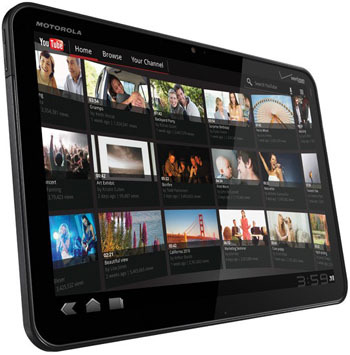
What sets Honeycomb tablets apart from the iPad is their multitasking capability and ability to display Flash videos. While there are not nearly as many tablet applications in the Android market as there are in the Apple app store (150,000 vs 350,000 at the time of writing this post), the scales may tilt as the Honeycomb picks up steam.
RIM Playbook
Rather than piggybacking on the Android, some firms have decided to rely on their own tablet platforms instead. One of these is Research in Motion (RIM), which released the BlackBerry PlayBook running on its own Tablet platform last year.
With a 7-inch LCD touchscreen, the PlayBook is smaller than the iPad. Keeping to its corporate roots, this professional-grade tablet offers advanced security and development features intended for business users, but powerful multimedia features and a dual-core processor help keep casual users on the radar as well. RIM’s Tablet OS offers multitasking and Flash playback. Wireless connectivity is currently limited to Wi-Fi, with 3G and 4G models on the way.
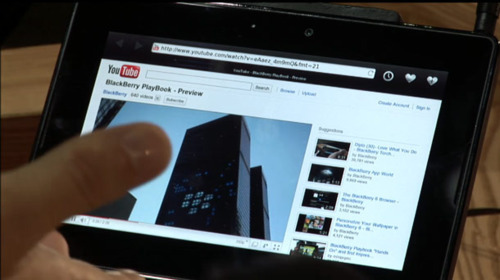
One surprising liability though is the lack of integrated e-mail support. Although it wirelessly pairs with BlackBerry smartphone so that users can view emails on the tablet screen, the PlayBook lacks a standalone e-mail client. Considering that RIM built its fortune and reputation on secure, instant e-mail delivery, for it to release a BlackBerry device that doesn’t offer e-mail functionality is bewildering, although it has stated that this will be added in an upcoming update.
HP TouchPad
The HP TouchPad, coming out this summer, is the spiritual descendant of the Palm Pilot personal digital assistants from the ’90s, as older gadget aficionados may recall. It is based on the webOS, the successor to the original Palm OS, a key asset that came into HP’s fold following its acquisition of Palm last year.
The TouchPad, which runs on the webOS, is a 10-inch slate with a dual-core processor, Flash playback, multitasking ability and a front-facing webcam for live video chatting. It comes with many pre-loaded productivity apps, and will be compatible with HP’s existing wireless printing technology. Both Wi-Fi and 3G models will be available, depending on the location.
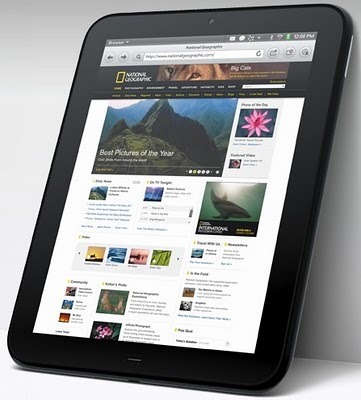
Similar to RIM’s PlayBook, the TouchPad offers an integrated experience if you have other devices running on the same OS, like a Palm Pre smartphones. You can sync data and e-mail simply by bumping the device together. Unlike the existing PlayBook, however, the TouchPad will feature standalone e-mail functionality.
The conclusion, Apple has the lead when it comes to market- and mindshare, and the iPad 2 is the gold standard to which other tablets inevitably will be compared. While not a significant leap from the original iPad, and from its tech specs, other tablets may seem to be its equal or better, Apple has shown time and again that everyday consumers will take usability and strong ecosystem over hardware specs any time.
By Natalie

